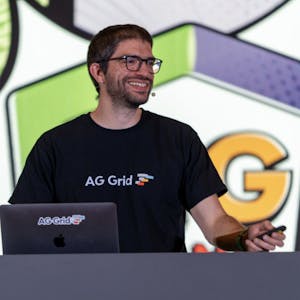112 min
Tracing: Frontend Issues With Backend Solutions
Top Content
WorkshopFree
Frontend issues that affect your users are often triggered by backend problems. In this workshop, you’ll learn how to identify issues causing slow web pages and poor Core Web Vitals using tracing.
Then, try it for yourself by setting up Sentry in a ready-made Next.js project to discover performance issues including slow database queries in an interactive pair-programming session.
You’ll leave the workshop being able to:- Find backend issues that might be slowing down your frontend apps- Setup tracing with Sentry in a Next.js project- Debug and fix poor performance issues using tracing
This will be a live 2-hour event where you’ll have the opportunity to code along with us and ask us questions.
Then, try it for yourself by setting up Sentry in a ready-made Next.js project to discover performance issues including slow database queries in an interactive pair-programming session.
You’ll leave the workshop being able to:- Find backend issues that might be slowing down your frontend apps- Setup tracing with Sentry in a Next.js project- Debug and fix poor performance issues using tracing
This will be a live 2-hour event where you’ll have the opportunity to code along with us and ask us questions.























































































